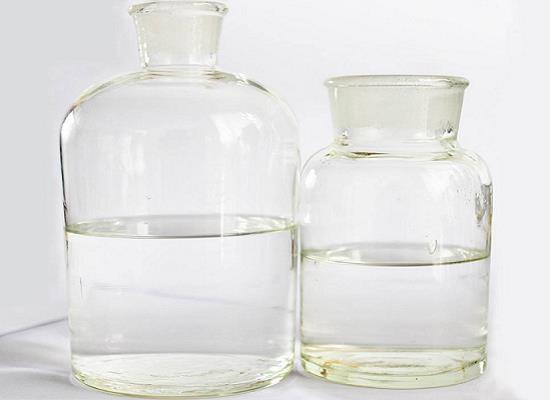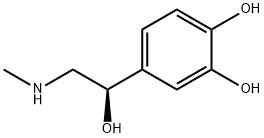L(-)-Epinephrine: Physiological effects and clinical applications
Aug 2,2023
General Description
L(-)-Epinephrine has significant physiological effects on the body. It regulates blood pressure, heart rate, metabolism, and the immune system. L(-)-Epinephrine plays a crucial role in maintaining vascular tone and increasing blood pressure during stress. It also increases heart rate, promoting adequate oxygen and nutrient supply. It regulates metabolism by promoting glycogen breakdown and lipid utilization. L(-)-Epinephrine enhances immune cell activity and inflammatory responses. In clinical applications, it is used during cardiopulmonary resuscitation to increase perfusion pressure, although its impact on long-term outcomes is uncertain. It is also used as an adjuvant in anesthesia to maintain cardiovascular stability and facilitate surgery.
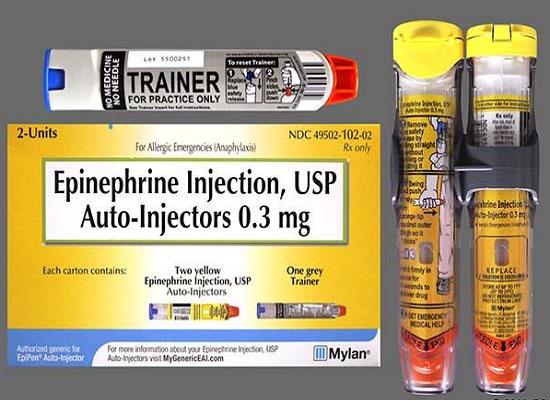
Figure 1. Injection of L(-)-epinephrine
Physiological effects
L(-)-Epinephrine is an important hormone and neurotransmitter found primarily in the adrenal glands and sympathetic nerve endings. It has various physiological effects, including regulating blood pressure, heart rate, metabolism, and the immune system. First and foremost, L(-)-epinephrine plays a crucial role in maintaining vascular tone, i.e., blood pressure regulation. When the body is under threat or exposed to danger, epinephrine is released into the bloodstream to help the body respond rapidly. Epinephrine binds to adrenergic receptors on cardiac and vascular smooth muscle cells, activating signaling pathways that cause vasoconstriction and increased blood pressure. This ensures adequate blood supply to vital organs in crisis situations. Furthermore, L(-)-epinephrine also increases heart rate. It binds to adrenaline receptors on the heart, leading to stronger contractions and a faster heart rate. This increases cardiac output, ensuring an adequate supply of oxygen and nutrients to the body. In addition, L(-)-epinephrine is involved in regulating metabolism. It promotes glycogen breakdown in the liver, raising blood glucose levels and providing more energy to the body. Additionally, epinephrine stimulates lipid breakdown, allowing the body to utilize fat as an energy source more efficiently. Lastly, L(-)-epinephrine has a regulatory role in the immune system. It enhances immune cell activity and promotes the occurrence of inflammatory responses. During infection, trauma, or stress, epinephrine levels increase to assist the body in coping with threats. In summary, L(-)-epinephrine plays a vital role in the body's physiological functions, including blood pressure maintenance, heart rate acceleration, metabolism regulation, and modulation of the immune system. 1
Clinical applications
Cardiopulmonary resuscitation
L(-)-Epinephrine has been widely used in resuscitation guidelines globally to increase coronary and cerebral perfusion pressure during cardiac arrest. This is believed to enhance the chances of restoring a heartbeat and improving long-term neurological outcomes. However, the evidence regarding the impact of adrenaline on long-term neurological outcomes is limited. Observational studies have indicated a potential association between adrenaline administration and poorer neurological outcomes. However, these studies suffer from indication bias, as patients with prolonged cardiac arrests are more likely to receive adrenaline and have worse outcomes. The rationale for adrenaline use, significant studies conducted so far, and ongoing research efforts have been summarized in this narrative review. While adrenaline remains a common intervention during advanced life support and may improve the rate of return of spontaneous circulation, its effect on long-term outcomes is uncertain. Animal studies suggest that while blood flow to vital organs generally increases with adrenaline, microcirculatory flow may be adversely affected. Clinical observations have yielded conflicting results, with some indicating worse long-term outcomes with adrenaline and others suggesting better outcomes with early administration. 2
Anesthetics assistant
L(-)-Epinephrine is often used as an adjuvant drug in anesthesia, able to dilate blood vessels, slow down heart rate, and maintain stable blood pressure. During surgery, it is often combined with other anesthetics to provide better surgical conditions and reduce the risk of adverse events. As an adjuvant drug in anesthesia, L(-)-epinephrine can help to maintain cardiovascular stability, preventing hypotension and bradycardia during surgery. In addition, it can also dilate the airways, making it easier to intubate and provide better ventilation during surgery. However, the use of L(-)-epinephrine as an anesthetic adjuvant drug requires strict control and monitoring to avoid excessive or inappropriate use, which may lead to adverse effects such as arrhythmias or hypotension. Therefore, its use should be under the guidance of qualified doctors or anesthesiologists. 3
Reference
1. Von Euler US. Adrenaline and noradrenaline. Lakartidningen, 1965, 62(18):1421-1429.
2. Gough CJR, Nolan JP. The role of adrenaline in cardiopulmonary resuscitation. Crit Care, 2018, 22(1):139.
3. Seminario-Amez M, González-Navarro B, Ayuso-Montero R, Jané-Salas E, López-López J. Use of local anesthetics with a vasoconstrictor agent during dental treatment in Hypertensive and Coronary disease patients. A systematic review. J Evid Based Dent Pract. 2021 Jun;21(2):101569.
- Related articles
- Related Qustion
- The Pharmacodynamics of L(-)-Epinephrine and Its Role in Anaphylaxis Management Dec 26, 2023
L(-)-Epinephrine is a sympathomimetic drug that activates beta-1 and beta-2 receptors, providing relief from asthma, croup, anaphylaxis, and allergic reactions, with rapid metabolism and elimination.
- Uses of Epinephrine Dec 22, 2021
Epinephrine stimulates both the alpha- and beta-adrenergic systems, causes systemic vasoconstriction and gastrointestinal relaxation, stimulates the heart, and dilates bronchi and cerebral vessels. It is also used as a vasoconstrictor, car
- How can Epinephrine be used as a Vasoconstrictor? Sep 18, 2020
Epinephrine is a naturally occurring catecholamine secreted by the adrenal medulla, consisting of approximately 80% of its secretions. It is also available as a synthetic catecholamine.
Luteolin inhibits inflammation, tumor growth, and promotes healing. It shows promise in treating skin cancer, wounds, and psoriasis.....
Aug 1,2023APIDi-tert-butyl peroxide is a stable peroxide used as a radical initiator in polymerization and alkylating reactions, facilitating C-C bond formation.....
Aug 2,2023APIL(-)-Epinephrine
51-43-4You may like
L(-)-Epinephrine manufacturers
- L(-)-Epinephrine
-

- $1905.00 / 1KG
- 2024-11-14
- CAS:51-43-4
- Min. Order: 1KG
- Purity: 99%
- Supply Ability: 10000kg
- L(-)-Epinephrine
-
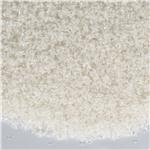
- $0.00 / 1kg
- 2024-10-25
- CAS:51-43-4
- Min. Order: 1kg
- Purity: 0.99
- Supply Ability: 20tons
- L(-)-Epinephrine
-
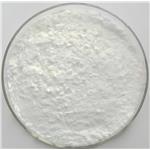
- $100.00 / 1KG
- 2024-08-27
- CAS:51-43-4
- Min. Order: 10KG
- Purity: 0.99
- Supply Ability: 20tons





